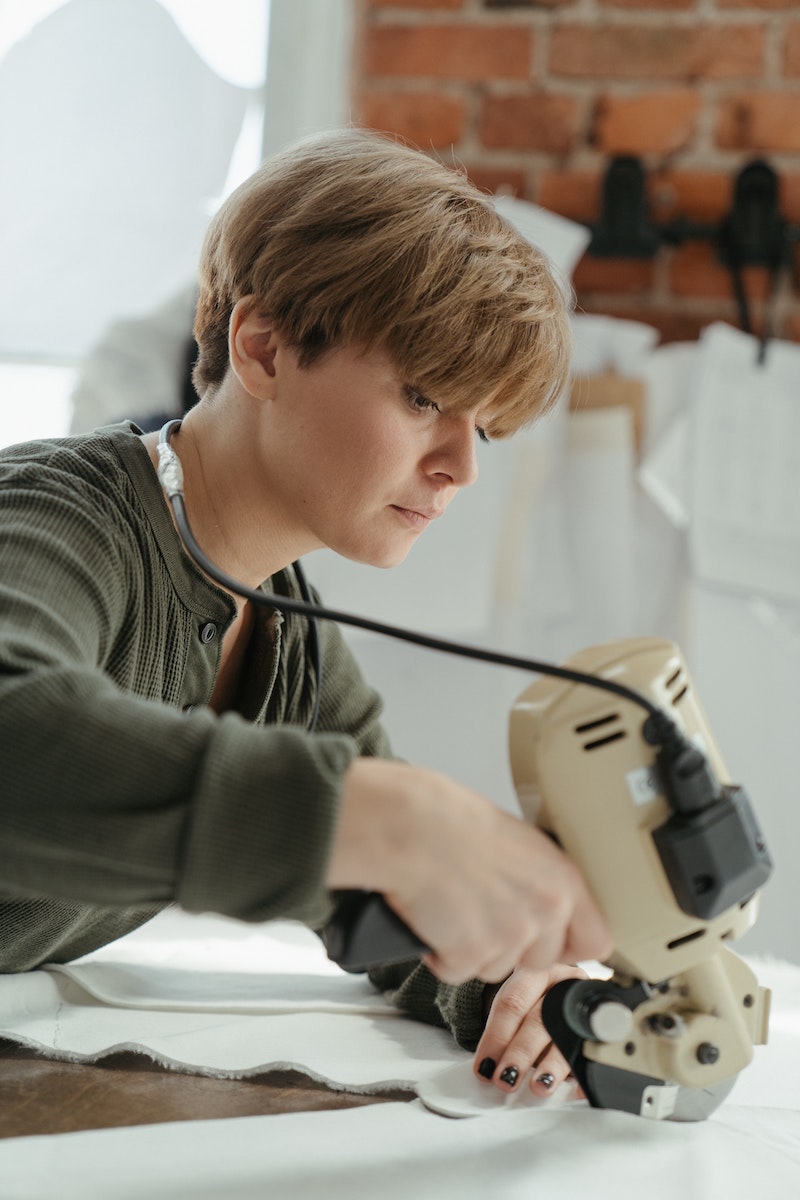
The Rise of Sustainable Automation: Innovations and Best Practices in Fashion and Manufacturing
Have you ever thought about how the fashion industry is responsible for roughly 10 percent of global carbon emissions?
But here’s the good news – believe it or not – there’s a shift happening toward more sustainable practices; and automation is playing a huge role in this change.
Let’s dive into how innovations in fashion and manufacturing are making a difference.
Embracing Sustainability: A Must-Have Trend
This is why it’s true that sustainability has become the #1priority in fashion. According to a study by McKinsey & Company, 66 percent of consumers are willing to pay more for sustainable products.
As the saying goes, “green is the new black” – and it’s here to stay. When you think about it, automation can help reduce waste – but as wonderful as this detail is there are still some challenges to face.
A report from Fashion for Good highlights how integrating advanced technology with traditional craftsmanship can lead to more eco-friendly production methods.
Meeting Customer Needs
What many still wonder is just how on earth companies manage to prioritize sustainability while meeting and exceeding customer needs.
According to SpectraUSA, by combining innovative technologies with skilled workers companies are able to create high-quality products that don’t harm our planet and keep customers satisfied at the same time.
The Human Touch: More Than Meets the Eye
What’s often not talked about is the importance of maintaining human touch in an automated world; after all – too many cooks in the kitchen could lead us astray. A study by Harvard Business Review shows that blending technology with craftsmanship results in better overall product quality.
Redefining Waste Management Practices
Some were surprised when brands started rethinking their waste management strategies – but what was a total surprise was just how much impact these changes could have. The Ellen MacArthur Foundation recently said that circular economy practices could save $630 billion per year within Europe alone.
Case Studies: Examples of Sustainable Automation in Fashion and Manufacturing
When you think about it – Adidas has always been ahead of the game. And this is why it’s true that they’ve made sustainability their #1priority by implementing innovative technologies like 3D printing to reduce waste.
What was a total surprise though was their partnership with Parley for the Oceans to create shoes from upcycled ocean plastic. As the saying goes, “you can have your cake and eat it too” – and Stella McCartney proves just that.
By using cutting-edge technologies like digital printing and laser cutting to minimize fabric waste while still maintaining her commitment to high-quality luxury fashion.
What’s often not talked about are mainstream brands making strides toward sustainability – but H&M deserves some recognition. They’ve introduced garment collecting initiatives in their stores and even created a machine called “Looop” that recycles old clothes into new garments, right before customers’ eyes.
Talk about making a statement. Also, many still wonder just how on earth Patagonia manages to balance business growth with environmental responsibility.
Their secret? Investing in repair services powered by technology – keeping garments out of landfills longer while fostering customer loyalty.
So, as you can see, it’s all about striking a balance between automation and human touch to make our world a better place.
Main image by cottonbro studio
